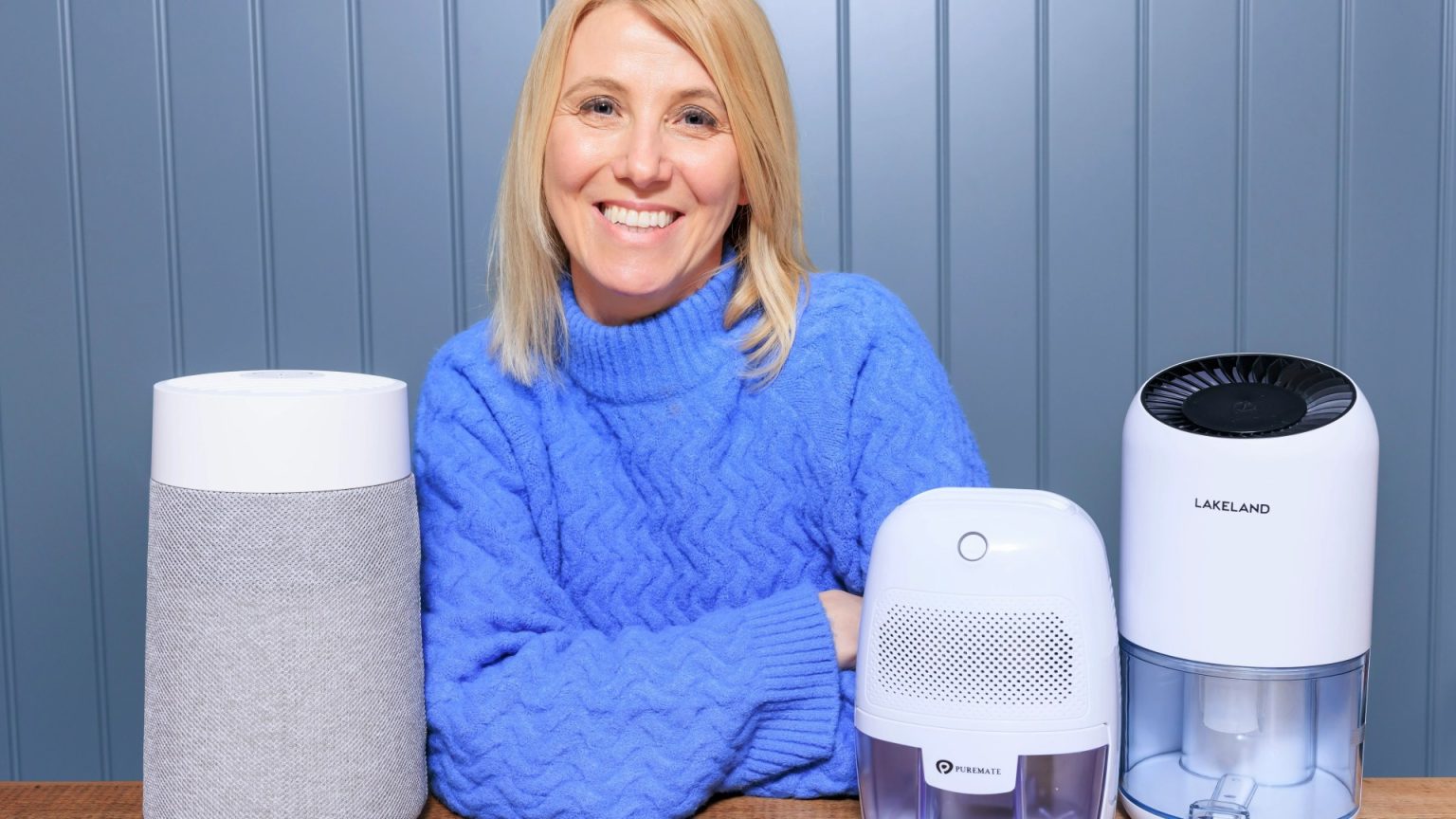This article reviews several budget-friendly dehumidifiers, all priced at £50 or less, to determine their effectiveness in managing dampness and condensation, particularly during winter. These smaller units, while not as powerful as their more expensive counterparts, offer a compact solution for smaller spaces like bedrooms, kitchens, cupboards, and closets. The author, Lynsey Hope, tested each dehumidifier, assessing their performance, design, and overall value.
The Lakeland 1L Compact Dehumidifier received the highest rating, praised for its effective moisture control, compact size, and user-friendly features such as a color-changing light that indicates when the tank is full. Although dehumidifiers are often considered unattractive appliances, this model was deemed relatively aesthetically pleasing. Its portability allows for convenient movement between rooms, making it versatile for tackling dampness throughout the home.
While not strictly a dehumidifier, the Blueair Air Purifier was included in the review for its ability to remove mold, a common issue in damp environments. Although it doesn’t directly address dampness, its impressive filtration system removes 99.7% of airborne particles, including mold, pollen, dust, and other allergens. This feature can contribute to improved air quality, better sleep, and alleviate allergy and asthma symptoms, justifying its higher price point.
Several smaller, more budget-conscious dehumidifiers were also tested, with varying results. The Puremate Silent Mini Dehumidifier and the Challenge Mini Dehumidifier were deemed suitable only for very small, enclosed spaces like wardrobes or cabinets, limiting their overall usefulness. While both were relatively quiet and easy to operate, their small tank capacities required frequent emptying. The Challenge Mini Dehumidifier, while boasting low energy consumption, was considered slightly overpriced for its limited functionality.
The Absodry Duo Family Moisture Absorber offered a different approach to moisture control, utilizing moisture-absorbing crystals instead of a traditional water tank. Its Scandinavian design was a highlight, making it more visually appealing than many other dehumidifiers. While its performance was comparable to other budget models, its eco-friendly construction from recycled materials was a significant plus. However, the ongoing cost of replacement crystals should be factored into its overall value.
The Daewoo 700ml Dehumidifier and the Russell Hobbs Dehumidifier both received positive reviews for their effectiveness in small to medium-sized rooms. The Daewoo model was commended for its simplicity, quiet operation, and alarm feature that alerts users when the tank is full. The Russell Hobbs Dehumidifier impressed with its compact, stylish design resembling a speaker, its quiet operation, and its auto-defrost function for colder climates. While slightly more expensive, its higher extraction rate and convenient features made it a strong contender in the budget category.
In conclusion, while budget-friendly dehumidifiers may not offer the same power as more expensive models, several options provide effective moisture control in smaller spaces. Factors such as tank size, noise levels, design, and additional features like auto-defrost should be considered when choosing the best dehumidifier to suit individual needs and preferences. The review highlights the Lakeland 1L Compact Dehumidifier and the Russell Hobbs Dehumidifier as standout options, offering a good balance of performance, features, and value within the budget price range. The inclusion of the Blueair Air Purifier demonstrates that alternative solutions exist for addressing mold and air quality issues related to dampness. Ultimately, the choice depends on the specific needs and priorities of the consumer.


